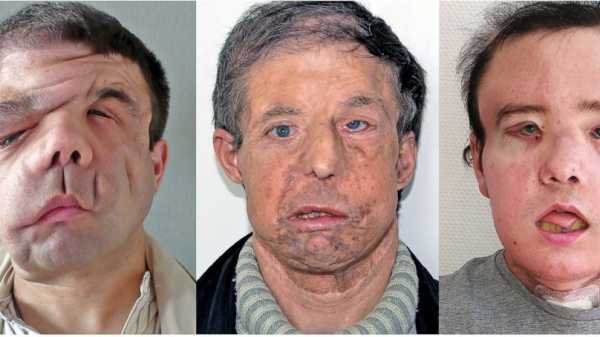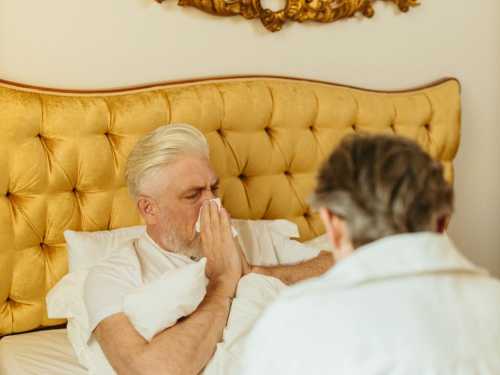
In a medical first, French surgeon says he performed the second face transplant on the same patient — who is now doing well and even spent the last weekend in Brittany.
Dr. Laurent Lantieri at the hospital Georges Pompidou in Paris for the first time transplanted a new face on Jerome Ham in 2010, when Amon was in his mid 30-ies. But after being sick in 2015, Hamon gave medications that interfere with anti-rejection drugs that he took for his face transplant.
In November last year, the tissue in his transplanted face began to die, leading Lantieri, to remove it.
What’s left Ham without a face, provided that, Lantieri described as “the Walking dead”. Jamon had no eyelids, no ears, no skin and could not speak or eat. He was hearing and could only Express herself, slightly turning his head, in addition to write a little.
“If you have no skin you have infection,” Lantieri told the associated Press in an interview Tuesday. “We were very concerned about the possibility of a new failure”.
In January, when the second person of the donor for Ham became available, Lantieri and his team performed the second face transplant. But before undergoing a second transplant, doctors had to replace all the blood in his body in a monthly procedure to eliminate some potentially harmful antibodies from previous treatments.
“For someone who went through it all, which is experiencing a nuclear war, it does well,” says Lantieri. He added that Ham now watch as any other person of the patient.
The first person ham was presented on 60-year-old. With his second transplanted face, said Ham, he managed to lose a few decades.
“I’m 43. The donor was 22. So I became 20 years younger,” Ham joked on French television on Tuesday.
Other doctors welcomed the efforts of the French team said that the methods can be used to help critically ill patients with few options.
“The fact that Professor Lantieri was able to save the patient, gives us hope that other patients may have a backup operation if necessary,” said Dr. Frank Papay, Cleveland clinic, who conducted the first face transplant in the United States
He said that the techniques being developed include and others can help doctors achieve what he called the “Holy Grail” of transplantation: allowing patients to tolerate the transplantation of tissue from other.
Dr. Bohdan Pomahac of Harvard University, who made a face transplants in the U.S., said that such procedures end up becoming more common, with an increasing number of patients.
“The more we see what is happening with (face transplant) patients, the more we must recognize that chronic rejection is a reality,” said Pomahac. “Facial transplantation will be, in fact, dysfunctional, distorted, and this may be a good time to consider re-transplant.”
He said it is still unknown how long the face transplants can continue, but suggested that they may be similar to the kidneys, which typically last 10 to 15 years.
“Maybe some patients are lucky and their faces will last longer. But it will probably be more common that some should be replaced”, – he said, noting that there are still many unknowns about when the chronic rejection can occur.
Lantieri, said he and his team will soon publish their findings in the medical journal, but he hoped that cases like the Ham will remain the exception.
“Other patients, I realize some have had some changes to their transplant in time, but they feel good,” he said. “I hope not a future transplant.”
Sourse: abcnews.go.com






